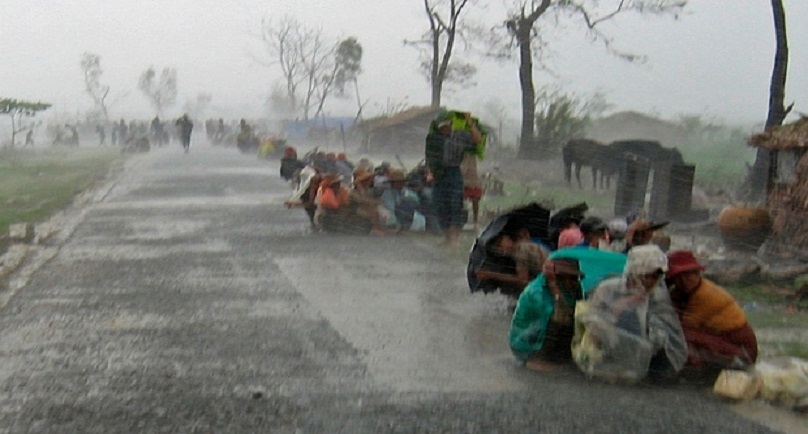Since the first UN conference on climate change (COP1) in 1995, there have been about 606,000 people who lost their lives, and 4.1 billion injured, left homeless or in need of emergency assistance as a result of weather-related disasters.
This is accordingly so to an analysis done by United Nations Office for Disaster Risk Reduction (UNISDR) and the Belgian-based Centre for Research on the Epidemiology of Disasters (CRED).
The UNISDR also released a report today titled the Human Cost of Weather Related Disasters, that states that over the last 20 years, of the major disasters, 90 per cent of them were weather related.
“Weather and climate are major drivers of disaster risk and this report demonstrates that the world is paying a high price in lives lost. Economic losses are a major development challenge for many least developed countries battling climate change and poverty,” stated the head of UNISDR, Margareta Wahlström.
The report also noted that the economic loss from weather-related disasters were actually higher than what was recorded; estimating the figure to be between US $250 billion and US$300 billion annually – which also includes the cost of earthquakes and tsunamis.
“In the long term, an agreement in Paris at COP21 on reducing greenhouse gas emissions will be a significant contribution to reducing damage and loss from disasters which are partly driven by a warming globe and rising sea levels.” Wahlström explained.
Margareta Wahlström added that for now, there is a need to reduce the existing levels of risks and avoid creating new risks by ensuring that public and private investments are risk-informed and do not increase the exposure of people and economic assets to natural hazards on flood plains, vulnerable low-lying coastlines or other locations unsuited for human settlement.
Related article: Natural Disasters: A Challenge For Developing Nations


